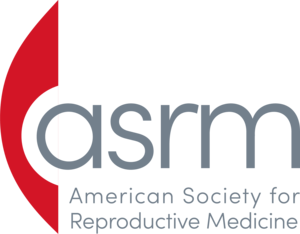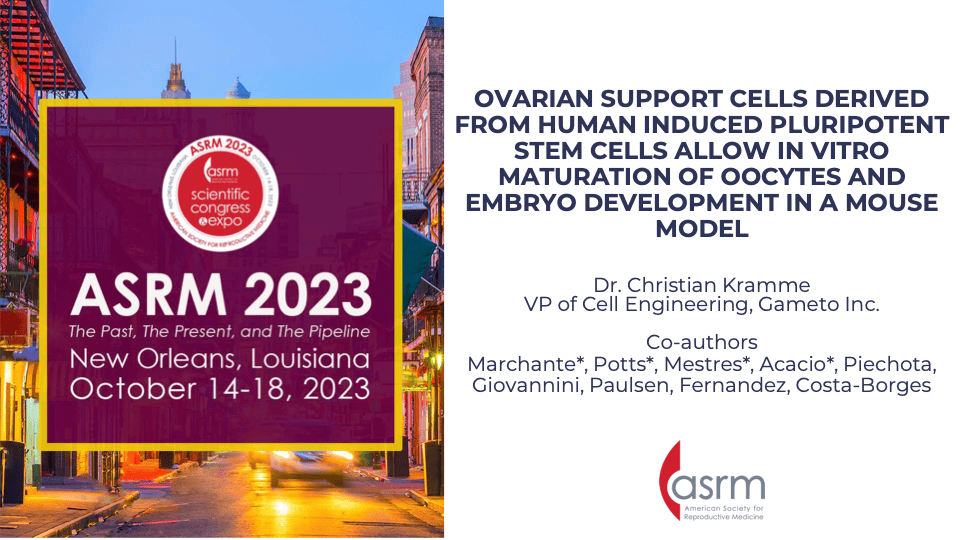Objective: In vitro maturation (IVM) of immature oocytes is a potential alternative to conventional in vitro fertilization for improving assisted reproduction outcomes, especially for women with a high risk of ovarian hyper-stimulation or cancer patients seeking fertility preservation. We have developed a novel approach termed OSC-IVM to improve IVM efficiency.OSC-IVM is an oocyte co-culture setup with ovarian support cells (OSCs)generated from human induced pluripotent stem cells (hiPSCs) that reproduce the dynamic ovarian function in vitro. We aimed to evaluate potential oocyte toxicity of the OSC-IVM co-culture system using an in vitro animal model, considering oocyte maturation, quality, and subsequent embryo development.
Materials & Methods: Twenty-four 8-week-old female mice were stimulated with 7.5 UI of PMSG and after 48 hours animals were sacrificed to collect immature cumulus-oocyte complexes (COCs). COCs were randomized into two groups for IVM: Control Group (commercially available Medicult media prepared by following the manufacturer’s recommendation; n=163) and OSC-IVM Group (OSCs and Medicult supplemented with doxycycline and androstenedione; n=161). After 18-22 hours, metaphase II (MII) oocytes were inseminated by ICSI using a piezo drill-based protocol. Oocytes were then cultured for 5 days to assess blastocyst formation. An IVF control group of fresh MII oocytes (n=114) was analyzed in parallel to control for ICSI and embryo culture effects on development. On day 5 of development, embryos were analyzed and those having reached the blastocyst stage were vitrified, in preparation for transfer to pseudopregnant fe-males for the next phase of the study.
Results: First, we analyzed the oocyte MII maturation rate after IVM and did not observe differences between Control and OSC-IVM groups (Control: 85.3%, OSC-IVM: 71.4%; P=NS). When the MII oocytes were inseminated by ICSI, similar survival rates were observed in the Control, OSC-IVM and fresh MII groups (93.5%, 95.7% and 99.1%, respectively; P=NS). Subsequent embryo culture yielded similar cleavage rates between the Control and OSC-IVM (Control: 88.5%, OSC-IVM: 89.1%, Fresh MII: 99.1%; P=NS). Interestingly, we observed a statistically significant increased number of blastocyst embryos in the OSC-IVM group compared to the Control (Control: 34.6%, OSC-IVM: 58.2%, Fresh MII: 93%,P=0.039, paired t-test). Moreover, we analyzed the oocyte spindle status by immunofluorescence, applying a triple staining protocol to an extra oocyte population (n=41 COCs), finding 100% of MII oocytes had normal spindle after IVM in both Control and OSC-IVM groups.
Conclusions: Immature mouse oocyte co-culture with OSCs dis-played robust in vitro maturation and subsequent embryo development, yielding improved blastocyst formation rate compared to commercial IVM media control. No evidence of embryo developmental toxicity was observed with OSC-IVM treatment.
Impact Statement: This study demonstrates the safety of OSC andCOC co-culture without compromising oocyte quality and improving embryo development, suggesting this is a safe, novel approach that aims to improve IVM outcomes.

